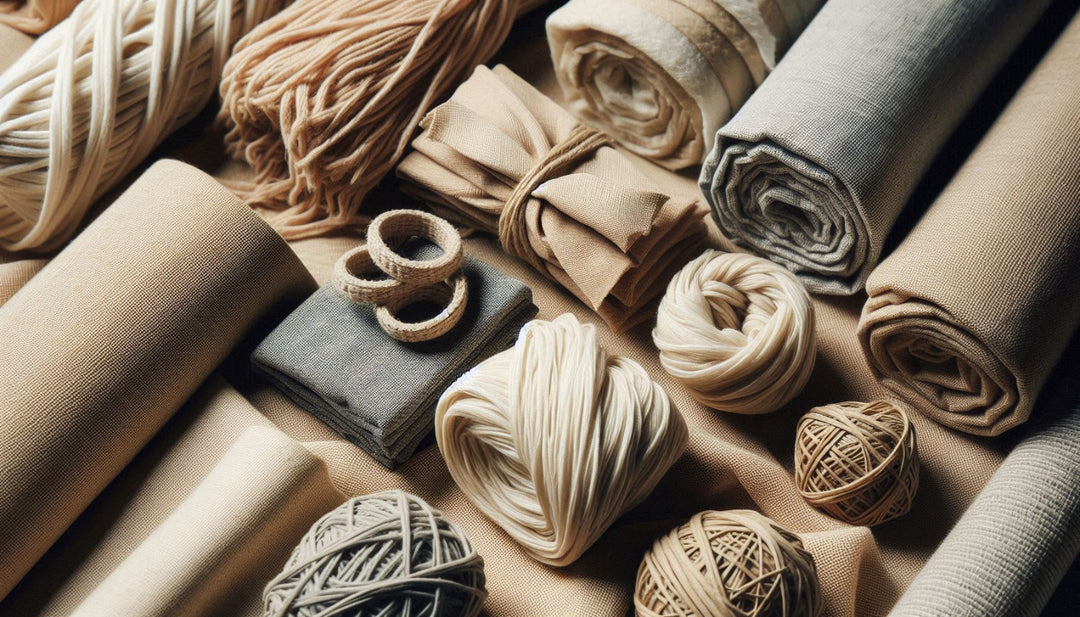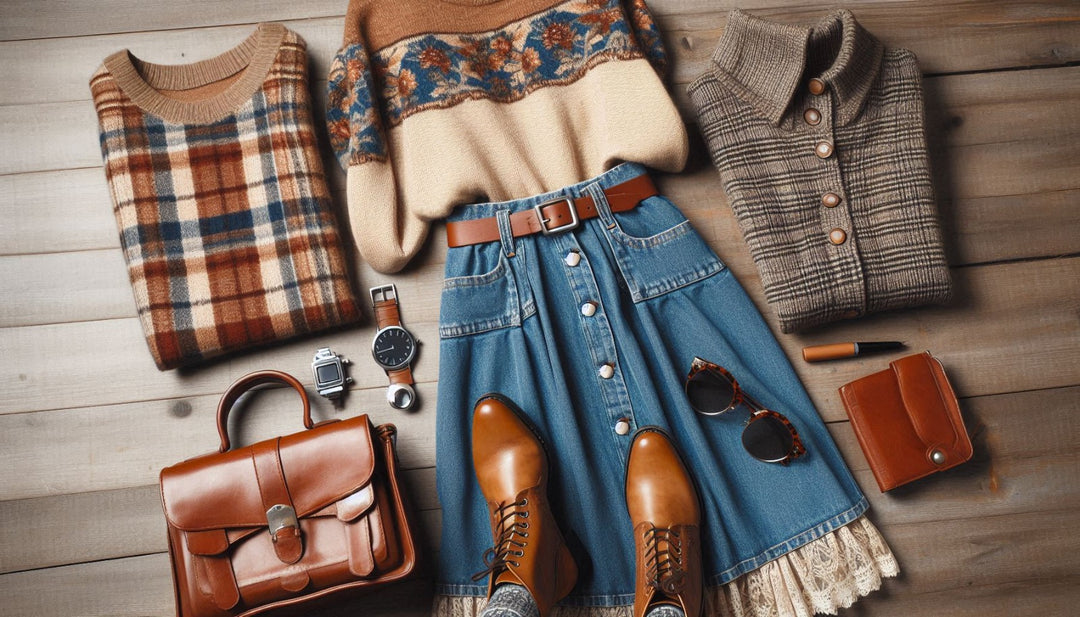8 reasons why handwoven clothes are splendid

Fashion industry often stands out for modish apparels and clothes in vogue. Often lost in the world of glitz, glamor and trends, we fail to realize the extent of environmental harm that it could produce. About 1/4th of mankind's carbon emissions and 85% of dumped textiles results in the release of chemicals, thereby causing pollution.
One might wonder how much would a piece of clothing cost?, if he/she were to buy it…
But, how many of us ponder upon the fact that how much could our wardrobe cost to nature?
Plunging right into the topic, many conscious textile manufacturers have come to ascertain the personal and environmental benefits that handmade clothes can render.
The feel good factor
Handwoven clothes are known to provide comfort and ease when worn. A feeling that could be well described by the phrase, "it feels like the fabric hugs my skin and feels good." Natural fabrics, unlike milled clothes, are devoid of chemicals. While chemically milled clothes might come with benefits like wrinkle and shrinkage free or water repellant and more, they also make us prone to varied skin issues and ailments. Unbleached and non-toxic manner of handloom produced fabric makes it body-friendly upon wearing.
A bow to the heritage
Weaving, a technique that dates back to around 10,200 BC is a treasured skill honed only by a few artisans in today's world. While buying handwoven clothes helps in supporting the skilled craftsmen and contributes to nature, it also showcases reverence to such ancient and traditionally rich artistry. In India, it holds more historical value, for the Charkha not only bound the nation together but also symbolizes the indigenous prowess, our countrymen should be proud of and preserve. Traditional textiles go a long way, by depicting and elucidating geographical, cultural and societal realms of a place.

Modern twist to an age old practice
Although handwoven clothes have a stigmatized notion attached to them; usually termed as very simple or too plain. Many ecotextile brands have come forward with a range of diverse products right from tote bags to fashionable clothes. A modern chic factor introduced to this indigenous practice is something all the customers should look out for. From trendy handwoven casual wear to apparels one could flaunt, everything's available yet just a click away for customers to search and buy.
Unique style
Handwoven clothes stand out more than milled clothes do. Why so? Well the quality of craftsmanship, impeccable designs, and limited number of apparels produced lure a person to not only eye them, but buy them as well. The perk of buying or owning handwoven clothes is that it is noticed and pleases the beholders. Additionally, it also satisfies our modish desires to look 'on point' through its chic style.

Eco-friendly and sustainable
Neither are the middlemen involved in the production of handwoven clothes are prone to working with chemicals or toxic dyes and neither is the environment polluted. Moreover, sustainable brands are more lucid when it comes to sharing information about who are the beneficiaries of such an initiative and from where the raw materials are sourced. In contrast, factories that produce clothes in bulk usually don't provide Insights about worker's plight or about their fair share in the clothing industry. Focused more on welfare, handwoven clothes are the way ahead.
Natural textures and shades
Milled clothes are made of highly toxic industrial dyes, even though it attracts the customers', the entire procedure is harmful not only to the environment but to oneself. On the contrary, handwoven clothes are pleasant, vibrant and beautiful in their own way. Plant extracts, azo free dyes and natural dyes are used which makes the shades of handmade apparels sober yet in vogue.
From plant to package
Founded on the realms and motto of 'Go Green' right from manufacturing clothes to packing them, the garments are eco friendly in whole. Sustainable brands like www.wellbi.in make use of plant based fabrics like cotton and coconut shells to make buttons for their apparels. Moreover, for packaging unbleached cotton labels, compostable covers, and recycled paper tags are used. Thereby, handwoven clothes also ignite a more aware approach towards creating a conscious and carbon-neutral fashion industry.

A win-win deal
Handmade garments majorly include textiles like silk, cotton, linen and wool. They are soft to touch, contain no chemical irritants and that's also what makes these natural fabrics breathable i.e. reducing the chances of trapping heat and moisture. The non-allergenic nature of the fabric makes it a worthy investment. Customers do sometimes hesitate buying labor-intensive and time consuming handwoven clothes as they cost more than milled clothes produced en masse. Nevertheless, the mere craftsmanship, exclusive designs, ecofriendly approach to fashion and good quality fabrics that can be redesigned makes it an investment which is must to be made.
This is a sign for everyone out there to own a pair of handwoven apparels that your wardrobe might be missing. If you are still wondering how to start or where to find handwoven clothes, well you can dive right in and visit our website www.wellbi.in





Leave a comment